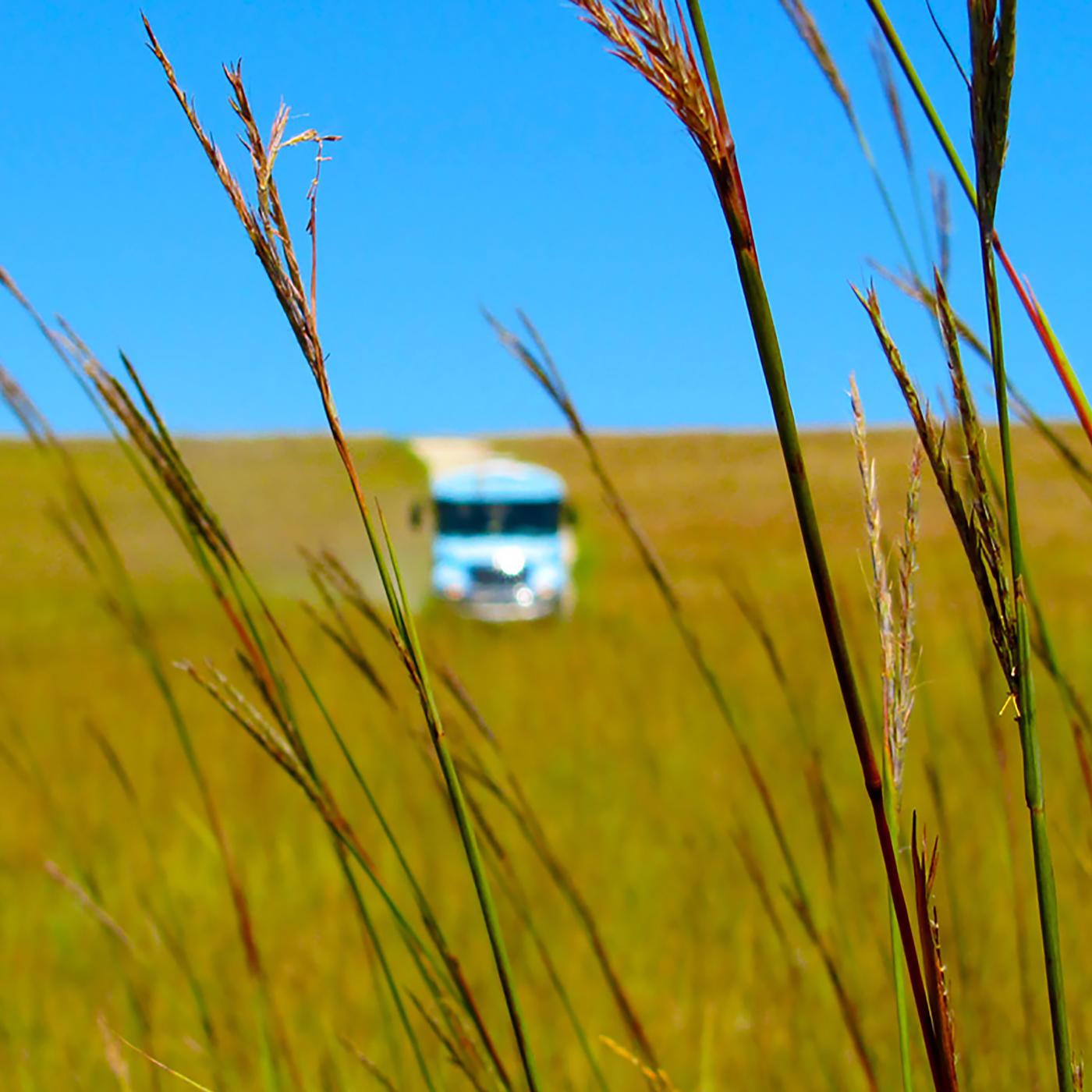Historic Spring Hill Ranch House Jones Family History After Leaving the Spring Hill Ranch House
The Jones family lived on the Spring Hill Ranch for only eight years, from 1878 until 1886, living in the ranch house for only five of those years, from 1881 until 1886. In 1886, they moved to Kansas City, Missouri so their daughter and two of her nieces could attend high school. However, within a year, Loutie married E. Percy Hickman and Stephen and Louisa returned to the Flint Hills, taking up residence in Strong City.
In 1888, they sold the Spring Hill Ranch to their southern neighbor, Barney Lantry, a limestone supplier. Stephen would then go on to be successful in banking, real estate, and several other businesses throughout the remainder of the 19th century.
In 1891, Stephen and Louisa celebrated the birth of their granddaughter, Mildred Hickman, but three years later mourned the passing of their youngest daughter and Mildred's mother, Loutie Jones Hickman at the age of 23. Mildred would be then raised for a short time by her grandparents, until she went to go live with an aunt in 1905. Then in 1908, Louisa passed away, leaving Stephen to live his final days in Wichita with his daughter, Christiana and her husband, Calvin "Wit" Adair.
Finally, in April 1914, Stephen passed away at the age of 87. He was laid to rest in Prairie Grove Cemetery in Cottonwood Falls, Kansas, five miles to the south of the Spring Hill Ranch, along with his wife Louisa, daughter Loutie, and his wife's mother, Adeline Barber.
The experiences of the Jones family on the Spring Hill Ranch helped to set in place the foundations of the beloved way of life in the Flint Hills, a way of life that continues today.

